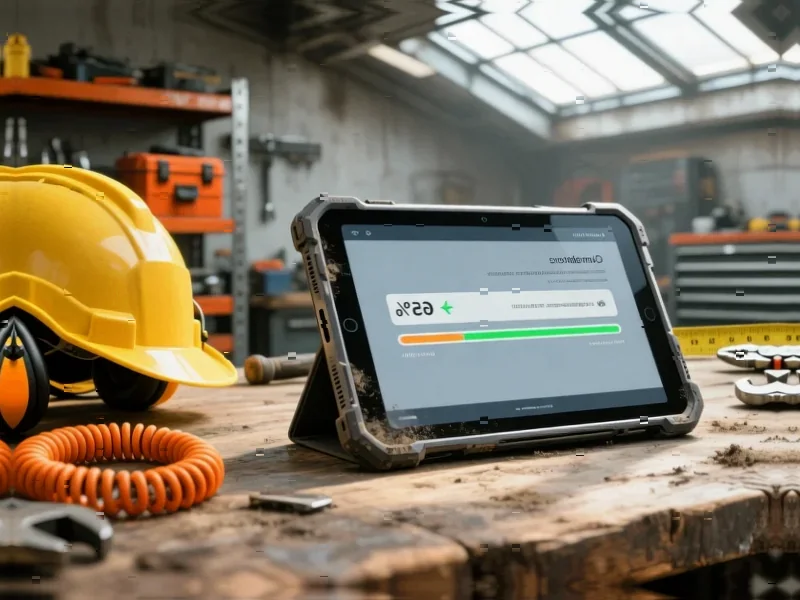According to SamMobile, Samsung has begun rolling out the One UI 8.0 update to the Galaxy A07, following its recent release for the Galaxy F15 earlier this week. This marks the first major software update the Galaxy A07 has received since its initial launch, bringing substantial improvements to several stock applications including Quick Share, Weather, and Camera. The update features a redesigned full-screen Quick Share interface with separate Send and Receive tabs, new weather visuals with responsive characters, and enhanced camera controls through on-screen swipe gestures. Users in eligible countries can access the update through their device’s Settings app under Software update.
Table of Contents
Samsung’s Strategic Shift in Budget Segment Support
This move represents a significant departure from historical patterns in the smartphone industry, where Samsung and other manufacturers traditionally provided minimal software support for entry-level devices. The Galaxy A07 receiving a major platform update signals Samsung’s recognition that even budget-conscious consumers expect ongoing software improvements and security enhancements. This strategic shift comes at a time when competitors in emerging markets are increasingly focusing on long-term software support as a key differentiator. By extending premium software features to its most affordable Galaxy models, Samsung is building brand loyalty among price-sensitive consumers who may eventually upgrade to mid-range or flagship devices.
Technical Implications and Update Challenges
The implementation of One UI 8 on entry-level hardware presents both opportunities and challenges. While the user interface improvements are welcome, budget devices like the Galaxy A07 typically have limited RAM and processing power compared to flagship models. Each patch and update must be carefully optimized to avoid performance degradation on less powerful hardware. Samsung’s ability to deliver feature-rich updates while maintaining smooth performance on entry-level specifications demonstrates significant software engineering capability. However, the real test will be how these devices perform six months after the update, as accumulated background processes and mobile app updates may strain the limited resources of budget hardware over time.
Industry Impact and Competitive Landscape
This development puts pressure on competitors like Xiaomi, Realme, and other budget-focused brands to match Samsung’s commitment to software support. The traditional approach in the budget segment has been to release devices with minimal long-term update promises, focusing instead on hardware specifications at competitive price points. Samsung’s move could trigger an industry-wide reassessment of software support policies for entry-level devices. As consumers become more aware of software longevity and security updates, manufacturers who fail to provide adequate support risk losing market share to competitors who prioritize ongoing software improvements, even for their most affordable offerings.
User Experience Evolution in Budget Smartphones
The specific improvements mentioned—redesigned Quick Share, enhanced Weather visuals, and improved camera controls—represent a maturation of the budget smartphone experience. These aren’t just minor tweaks but substantial interface enhancements that previously would have been reserved for premium devices. The full-screen Quick Share design with separate tabs addresses real usability concerns, while the responsive weather character adds personality to what has traditionally been a purely functional application. These changes demonstrate that Samsung understands that budget device users want engaging experiences, not just basic functionality. The camera swipe gestures show particular attention to improving daily usability without requiring hardware upgrades.
Future Outlook and Market Implications
Looking ahead, this update pattern suggests Samsung is positioning itself as the leader in long-term software support across all price segments. If successful, this strategy could significantly impact consumer purchasing decisions, particularly in markets like India, Southeast Asia, and Latin America where budget devices dominate. The challenge will be maintaining this commitment across multiple device generations while managing the technical complexity of supporting diverse hardware configurations. As smartphone hardware improvements become increasingly incremental, software experience and long-term support may emerge as the primary differentiators in the highly competitive budget segment, potentially reshaping how manufacturers approach product development and customer retention strategies.



